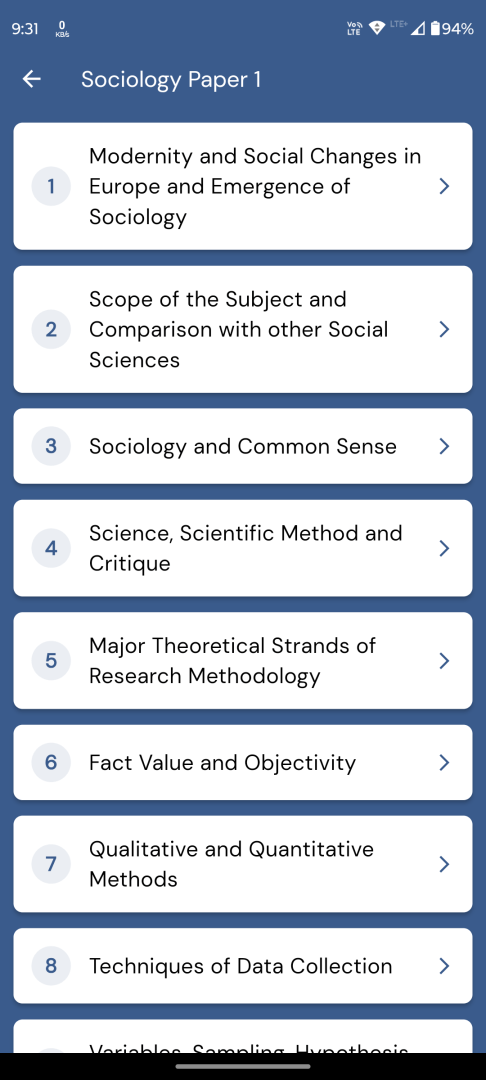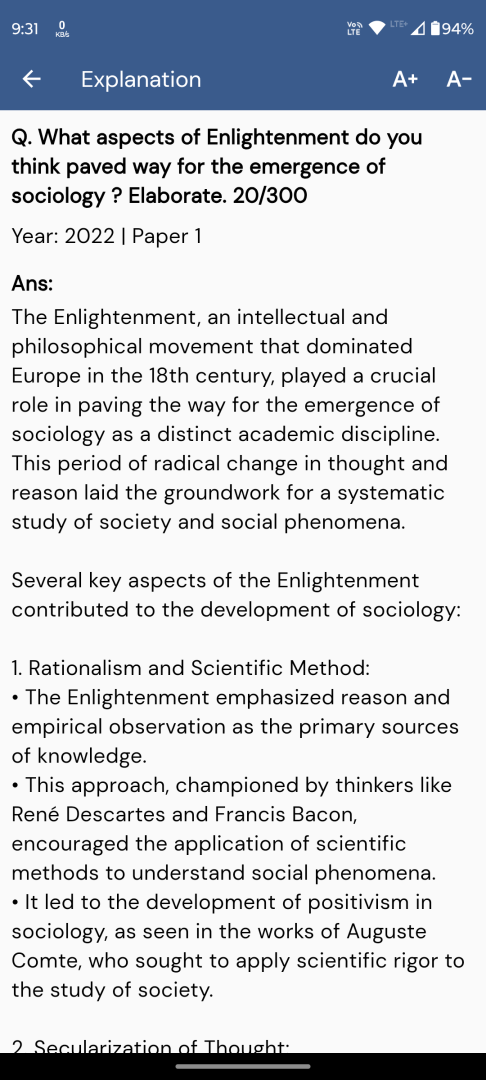Robert Merton: Manifest and Latent Functions
Robert Merton: Manifest and Latent Functions
Robert K. Merton, a prominent American sociologist, made significant contributions to the field of sociology, particularly in the area of functionalism. One of his most notable concepts is the distinction between manifest and latent functions. This article explores Merton’s theory and its implications for sociological analysis.
Concept of Function in Sociology
In sociology, the term “function” refers to the contribution that various elements of society make to its overall stability and continuity. These elements include institutions, practices, and beliefs that work together to create order and cohesiveness. Understanding functions helps sociologists analyze how different parts of society maintain its structural integrity.
Merton’s Distinction: Manifest vs. Latent Functions
Merton’s key innovation was to differentiate between two types of functions:
Manifest Functions:
• Definition: The visible, intended, and widely recognized contributions of social institutions or cultural practices.
• Characteristics:
– Consciously recognized by participants
– Intentional outcomes
– Easily observable
• Example: The manifest function of education is to provide knowledge and skills to individuals, preparing them for future careers and civic participation.
Latent Functions:
• Definition: The hidden, unintended, and often unrecognized consequences of social institutions or practices.
• Characteristics:
– Not consciously recognized by participants
– Unintended outcomes
– Operate beneath the surface
– Can have significant societal impact
• Example: A latent function of education might be to establish social hierarchies among students based on academic performance, potentially reinforcing existing social inequalities.
Importance of Distinguishing Manifest and Latent Functions
Merton argued that this distinction is crucial for several reasons:
1. Deeper analysis: It allows sociologists to look beyond surface-level observations and uncover hidden social dynamics.
2. Challenging assumptions: By revealing unintended consequences, it questions conventional notions of rationality and morality in social practices.
3. Uncovering hidden meanings: It reveals the complexity of social practices beyond their apparent purposes, providing a more nuanced understanding of societal structures.
4. Critical thinking: It empowers sociologists to become more critical analysts rather than accepting everything at face value, encouraging a more thorough examination of social phenomena.
Case Studies Illustrating Manifest and Latent Functions
To better understand the concept, consider these examples:
Hopi Ceremonials:
• Manifest function: To produce rainfall through ritualistic practices
• Latent function: Reinforcing group identity and solidarity by bringing scattered group members together, strengthening social bonds and cultural traditions
Commercial Films:
• Manifest function: Entertainment and storytelling
• Latent functions:
– Reinforcing societal values and norms
– Providing social commentary on current issues
– Shaping cultural ideals and aspirations
– Influencing consumer behavior through product placement
Conspicuous Consumption (Thorstein Veblen’s analysis):
• Manifest function: Acquiring goods for practical purposes and personal enjoyment
• Latent functions:
– Reaffirming social status and position in society
– Signaling wealth and success to others
– Driving economic growth through increased consumer spending
Merton’s Critique of Traditional Functionalism
Merton’s concept of manifest and latent functions led him to challenge several key postulates of traditional functionalism:
Critique of the Postulate of Functional Unity:
• Traditional view: All elements of a social system work together harmoniously to maintain societal stability.
• Merton’s critique:
– Not all societies are solidly integrated; there can be internal conflicts and contradictions.
– What’s functional for one group may be dysfunctional for another, highlighting the complexity of social systems.
– Example: Religious fundamentalism may be functional for some groups by providing a sense of identity and purpose, but dysfunctional for others in a diverse society by promoting intolerance and social division.
Critique of the Postulate of Universal Functionalism:
• Traditional view: All social and cultural forms inherently serve positive functions for society as a whole.
• Merton’s critique:
– Social beliefs or practices can have both positive and negative consequences, requiring a more balanced assessment.
– The net impact of a social institution or practice may vary depending on the specific context and affected groups.
– Example: The popularity of a specific sport (e.g., cricket in some countries) may promote national identity and unity, but potentially overshadow other sports, limiting diversity in athletic pursuits and opportunities.
Critique of the Postulate of Indispensability:
• Traditional view: Elements fulfilling vital functions are indispensable and unalterable.
• Merton’s critique:
– Functional alternatives or equivalents can fulfill the same function under changing circumstances, allowing for social adaptation and evolution.
– Social institutions and practices can be replaced or modified as societies change and develop.
– Example: Traditional family functions like childcare can be performed by institutions such as daycare centers in modern societies, reflecting changes in work patterns and family structures.
Implications for Sociological Analysis
Merton’s concept of manifest and latent functions has several important implications for sociological research and theory:
1. Broadens sociological knowledge: It opens new avenues of inquiry beyond immediately observable outcomes, encouraging researchers to investigate hidden social processes and consequences.
2. Encourages nuanced analysis: By distinguishing between intended and unintended consequences, it promotes a more complex understanding of social phenomena, avoiding oversimplification.
3. Challenges established morals: It suggests that even “immoral” actions may serve important latent functions, encouraging a more objective and comprehensive analysis of social practices.
4. Promotes functional alternatives: By recognizing that different elements can fulfill similar functions, it encourages consideration of various ways to achieve societal goals, fostering innovation in social policy and practice.
5. Enhances predictive power: Understanding both manifest and latent functions can help sociologists better predict the potential outcomes of social changes or interventions.
6. Facilitates cross-cultural comparisons: The concept allows for more nuanced comparisons of social institutions across different cultures by considering both their intended and unintended consequences.
By introducing the distinction between manifest and latent functions, Robert Merton provided sociologists with a powerful tool for analyzing complex social phenomena. His work continues to influence sociological research and theory, offering a framework for understanding the hidden dynamics that shape our social world.




